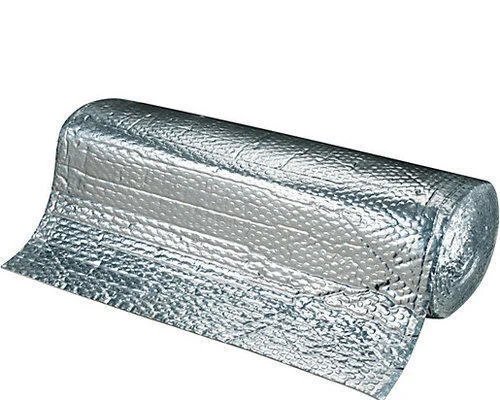
The definition of thermal insulation
Thermal insulation usually refers to the use of appropriate insulation materials and design adaptations for buildings to slow the transfer of heat through the enclosure to reduce heat loss and gain.
The temperature difference between indoors and outdoors heat process
Heat may be transferred either by conduction, convection, or radiation. The rate of transmission is closely related to the propagating medium. Heat is lost or gained by transmission through the ceilings, walls, floors, windows, and doors.
This heat reduction and acquisition are usually unwelcome. It not only increases the load on the HVAC system resulting in more energy wastes but also reduces the thermal comfort of people in the building.
Level of Sound insulation
Thermal insulation in buildings is an important factor in achieving thermal comfort for its occupants.
Insulation reduces unwanted heat loss or gain and can decrease the energy demands of heating and cooling systems. It does not necessarily deal with issues of adequate ventilation and may or may not affect the level of sound insulation.
Top Five Insulation Materials Keeping You Warm
- Fibreglass insulation (glass wool) material
- Polyisocyanurate or PIR insulation material
- Polystyrene insulation material
- Reflective insulation material
- Mineral (rock) wool insulation material
For insulation rolls and batts the recommended thickness level is 270mm, so this is what you will have to insulate to in a new property, and what you should be aiming to insulate to in an older one.



